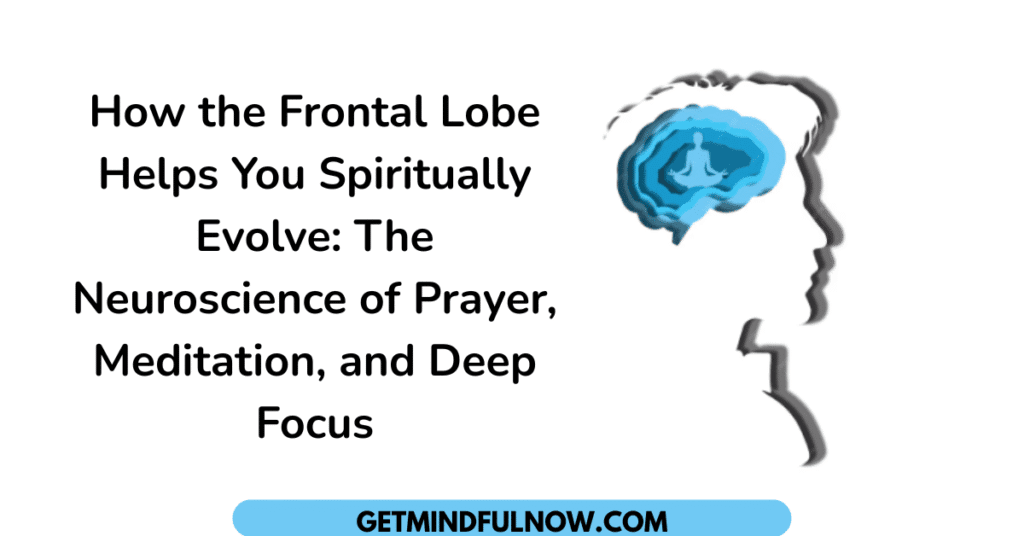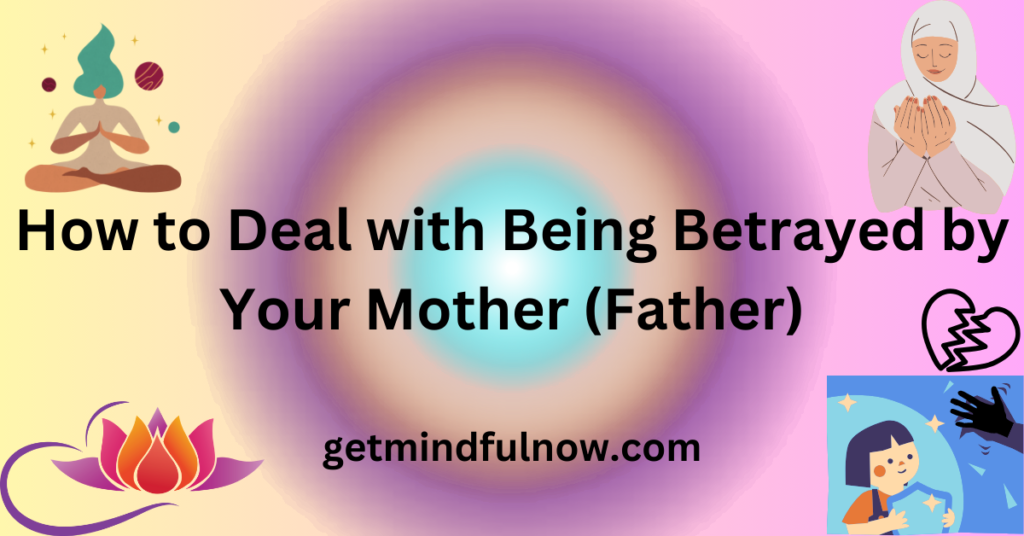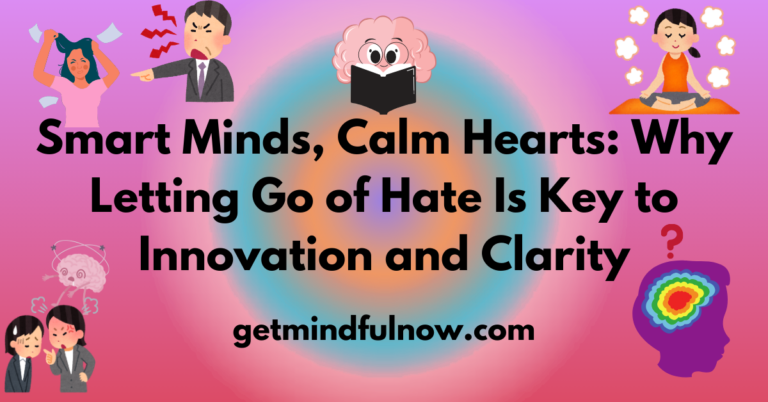We’ve all experienced moments when negative emotions, particularly intense feelings like hate, seem to hijack our minds, leaving us trapped in an endless loop of frustration or resentment. But beyond just the emotional toll, did you know that holding onto hate actually blocks our ability to think clearly, solve problems, and innovate?
Neuroscience reveals that the more we cling to negative emotions, the more our creativity and cognitive skills suffer. Intriguingly, the opposite is also true: embracing positivity and letting go of hate can unleash our true mental potential, allowing us to think clearly and creatively.
So, what’s going on in our brains when we hold onto hatred, and why does it affect our ability to be innovative? Let’s dive into the neuroscience of hate, examining how these intense emotions impact our cognitive functions, and explore the benefits of shifting to a more positive mindset.
Do not forget to read my personal insight (the story of my mother!) right before the end of this blog. It will help you see how it is possible to change our brains and consequently change our lives.
The Amygdala: Our Brain’s Alarm Center
The amygdala is a small, almond-shaped part of the brain that plays a central role in processing emotions, especially fear, anxiety, and anger. When we experience intense negative emotions like hate, the amygdala goes into overdrive, triggering a “fight or flight” response. This survival mechanism is useful when there’s an actual threat. However, when activated persistently by prolonged negative emotions, it disrupts other parts of our brain, specifically, those responsible for creativity, reasoning, and problem-solving.
Research by Schuyler et al. found that prolonged negative emotional states, especially those that repeatedly trigger amygdala activity, can impair the prefrontal cortex (PFC), the region responsible for logical thinking and creative problem-solving (Journal of Neuroscience). Instead of focusing on abstract thinking or innovative ideas, the brain is caught in a cycle of emotional response, leaving less room for rational thought. Over time, this interference directly impacts our daily cognitive and social functions, making it difficult to focus, innovate, and even connect with others on a meaningful level.
Hate and the Decline of Creative Potential
Creativity relies heavily on higher-order thinking, which includes our ability to make connections, imagine new possibilities, and approach problems from unique angles. Yet, when we harbor hate, our brain’s focus shifts towards threat detection, fueled by the hyperactive amygdala. Instead of looking for solutions or dreaming up creative ideas, our mind remains stuck on the emotional trigger.

A study published in Frontiers notes that high levels of amygdala activation dampen the cognitive resources available for innovation. The study explains that reducing amygdala reactivity, often by engaging in positive, calming activities, allows the prefrontal cortex to work more effectively. When the amygdala is calm, we can access a clearer, more creative mental state that’s capable of generating original solutions and ideas. It’s no surprise, then, that environments that promote calm and reduce stress tend to be the most innovative.
Stress, Negative Emotions, and Intelligence: The Role of Cortisol
Another layer to this is how negative emotions and stress influence hormones, particularly cortisol, the “stress hormone.” When we experience sustained hate or other negative feelings, cortisol levels rise. While this can be beneficial in short bursts, chronic cortisol release has been shown to inhibit creative and intellectual abilities. As detailed in Frontiers’ research on creativity’s neurological roots, chronic stress and negativity lead to a reduction in cognitive flexibility, or the ability to shift perspectives and approach problems from different angles. This lack of flexibility makes problem-solving harder, trapping us in one-track thinking.
Cognitive Rigidity: The Price of Holding Onto Hate
Imagine trying to solve a complex puzzle, but every time you get close to a solution, your mind drags you back to an unrelated, emotionally charged issue. This is essentially what happens when we hold onto negative emotions like hate. The brain becomes “rigid,” less able to adopt new perspectives or learn from mistakes. A study cited by MIT Press Direct underscores that prolonged exposure to negative emotional experiences reduces cognitive flexibility, making it challenging for the brain to entertain new ideas or creative approaches.
This cognitive rigidity is one reason why hate and other intense negative emotions can hold us back professionally, creatively, and even in our personal lives. Our minds become so focused on the emotional “threat” that there’s little mental space left for innovation, open-mindedness, or problem-solving.

Letting Go: How Positivity Opens Doors to Innovation
The good news? The opposite of hate, positivity, acceptance, and calm, has been shown to have powerful, beneficial effects on the brain’s creative and cognitive functions. When we let go of hatred, the amygdala relaxes, which reduces cortisol levels and restores mental flexibility. The brain can then shift its resources back to the prefrontal cortex, enhancing our ability to think clearly, solve complex problems, and access higher-order thinking.
A positive mindset doesn’t just mean feeling good; it means giving our brain the freedom to operate at its highest potential. Studies show that individuals who cultivate positive thinking are more likely to approach problems creatively, see connections others miss, and maintain better overall mental health. This allows them to be more resilient, better equipped to face challenges, and capable of fostering an innovative mindset.
Personal Insight: How Letting Go of Blame Helped Me See My True Power
Growing up, I saw my mother as a constant victim of her reality. She spent most of her time recounting past grievances, blaming others, and expressing frustration at what life had thrown her way. As a teenage girl and a believer in God, I often questioned why such suffering was allowed to happen to her. Why did everything seem so unfair?
Most of my mother’s waking hours were spent complaining about those who, in her view, had wronged her. I believed her entirely, thinking the world must truly be harsh and heartless toward her. But then, I started on my own inner journey, one that had little to do with my mother’s situation.
This journey brought about an unexpected shift in my perspective, where I moved from feeling that others held power over my life to realizing I was the one creating and shaping my inner and outer world.
It wasn’t easy at first. There was a strange comfort in the idea that the world around me was to blame for my struggles, and that I had no control over the events that shaped me. But as I embraced the idea that I held responsibility for my perceptions and reactions, I felt an inner freedom slowly take root.
As my perception shifted, my life started changing from the inside out. Externally, not much had shifted. But I could finally see the world differently; I was no longer a victim to circumstances or to others’ choices.

In my higher education, I came across research that offered a scientific perspective on what I had been experiencing. These above-mentioned studies described how intense, persistent negative emotions can cloud our thinking, block creativity, and limit our cognitive flexibility.
I could suddenly understand the puzzle of my mother’s struggle. She seemed to be living within a cycle of blame and frustration without realizing she held any power to change her outlook or her reality. Her mental focus was fixed on resentment and grandiosity, almost as if she felt she couldn’t step outside her circumstances to see any other possibility.
Meanwhile, I had begun fighting for my own sense of inner growth and self-responsibility. I wanted to be a better version of myself, not only for my own sake but for everyone around me. The more I worked on transforming my inner world, the more peace, clarity, and openness I found. Yet, my mother continued with her cycle, finding more reasons to blame others for her dissatisfaction and hardships, as if her sense of self were caught in the hands of everyone around her.
Strategies to Release Hate and Boost Cognitive Function
So how can we actively reduce the impact of hate on our brains? Here are some effective strategies plus a method I practice and love:
- Meditation: Meditation practices help quiet the amygdala by shifting the brain away from emotional reactivity(high beta) and towards calm awareness(alpha). Regular meditation has been shown to decrease amygdala activity, paving the way for clearer, more creative thinking.
- Physical Exercise: Physical activity releases endorphins, reduces cortisol, and improves mood, which helps calm the amygdala. Exercise is an excellent way to shake off the lingering effects of negative emotions and reset the mind for more productive thinking.
- Cultivating Gratitude: Focusing on positive experiences can counterbalance the brain’s negativity bias. Practicing gratitude has been linked to lower stress and a more optimistic outlook, which in turn reduces the hold of negative emotions on our cognitive processes.
- Social Connection and Empathy: Spending time with supportive people and fostering positive relationships reduces stress and promotes positive emotions, which helps the brain stay resilient against negative emotions.
- Creative Hobbies: Engaging in creative activities, whether it’s drawing, writing, or playing music, can help shift the brain’s focus away from negative emotions. These hobbies activate the prefrontal cortex, which, over time, can help retrain the brain to stay calm and clear-headed.
My Favorite Method: “The Gratitude Letter” (Inspired by Dr. Robert Emmons’ Research)
Dr. Robert Emmons, a leading scientific expert on gratitude, has extensively studied the benefits of expressing appreciation. One of his most impactful methods for cultivating gratitude is writing a Gratitude Letter.
How to Do It:
- Choose Someone to Thank: Think of someone who has had a significant positive impact on your life but whom you’ve never properly thanked. This could be a teacher, friend, family member, or even a healthcare professional.
- Write a Detailed Letter: Take out a pen and paper (handwritten letters are more impactful than digital ones). Write a letter of about 300-500 words, detailing how that person has influenced your life. Be specific, mention the actions they took and how it positively affected you.
- Read It Aloud: If possible, arrange a time to visit or call the person and read your letter to them. This part can be emotionally powerful, for both you and the recipient.
- Reflect on the Experience: After delivering the letter, take a moment to reflect on how it made you feel. Writing and expressing gratitude not only uplifts others but also triggers a deep sense of thankfulness within you.
Why It Works:
- Studies by Dr. Emmons have shown that those who regularly practice writing gratitude letters experience an increase in their happiness and a decrease in depressive symptoms.
- This method helps to build stronger social connections, which are crucial for both mental and physical health.
Final Thoughts: Transforming Hate Into Clarity and Innovation
Understanding how hate affects the brain isn’t just interesting, it’s a reminder that our emotions directly shape our potential for creativity and clarity. Holding onto hate not only drains our mental resources but also narrows our capacity to think, innovate, and grow. By letting go of these negative emotions, we’re not only improving our mental well-being but also unlocking our brain’s ability to perform at its best.
Embracing positivity and releasing resentment may be challenging at first, but the benefits are profound. A mind unburdened by hate is free to think clearly, solve problems creatively, and envision new possibilities. So, as neuroscience reminds us, the pathway to an innovative, fulfilling life begins with a calm mind and a heart free of hate.








